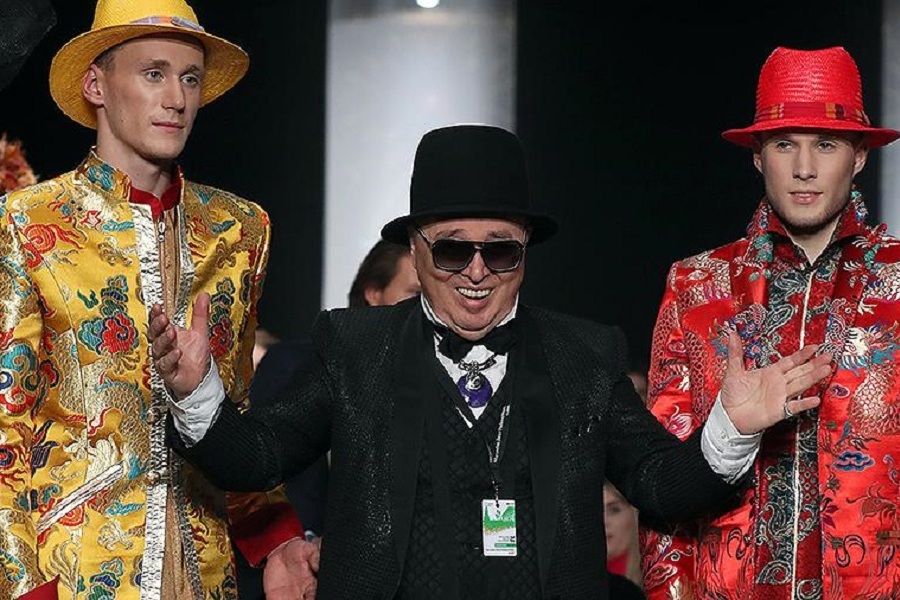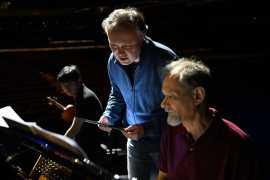Slava Zaitsev spent his last fashion show (Video)
By Aliheydar_Rzayev Monday, 12 March 2018 3:09 AM

Display of a collection autumn-winter 2018-2019 took place in the framework of the Mercedes Benz Fashion Week Russia (MBFWR) and was timed to the 80th anniversary of the Museum. He combined it with a special retrospective show.
According to the designer, he’s not going to retire, but to hold seasonal shows will be no more.
Slava (Vyacheslav) Zaitsev – Russian fashion designer, born in the city of Ivanovo, a graduate of Moscow textile Institute. Sketches of the first collection he created for experimental technical garment factory, was published in the magazine Paris Match, and Zaitsev learned abroad. Worked in the fashion House on Kuznetsky Bridge, led the individual clothes stitching factory.
After the collapse of the USSR opened his own fashion house and models school. Founded several design contests, including the contest of professional fashion designers the name of Nadezhda Lamanova. Academician of the Russian Academy of arts (2007), people’s artist of Russia (2006), laureate of the State prize of Russia (1996).
Compared to Christian Lacroix, Christian Dior, Pierre Cardin and Yves Saint Laurent by the international press throughout his career, Slava Zaitsev is the ‘godfather’ of Russian fashion. Celebrating his 80th anniversary this year and official retirement from the industry, he naturally opened the Moscow fashion week that began 10th March.
And what an introduction! The show featured all the Russian women – real and idealized – from the traditional image of a countryside girl with a headscarf and an ample folk coat to the the all-fur and pearls, overly sophisticated lady who lunch. The final was a series of goddesses wearing contemporary kokoshnik, the Russian traditional headdress, with cascading black and pink flowers.
That’s because Zaitsev has seen and dressed them all. First gaining fame for his garments destined to Kolkhoz workers – collective farms in the Soviet Union – he soon turned into couture, dressing first ladies (from Raisa Gorbachova to Lyudmila Putina) and celebrities throughout the second half of the 20th centuries.




























Add new comment